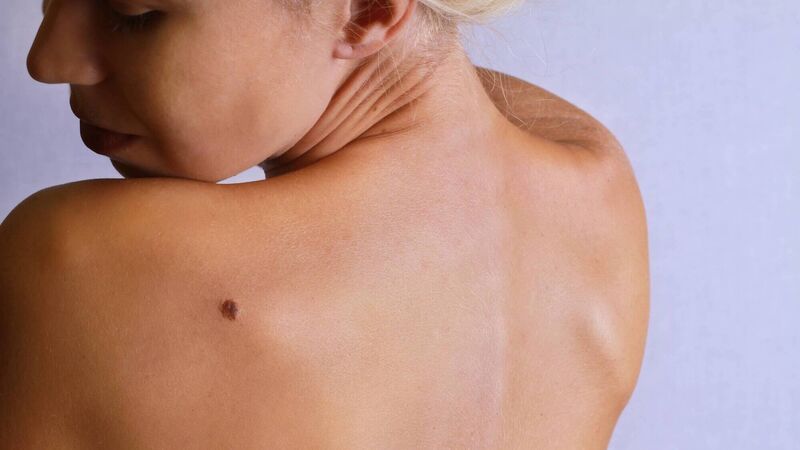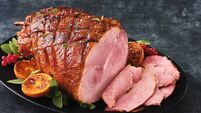Dr Michelle O'Driscoll: Recognising the signs of skin cancer

Skin cancer survival rates are improving according to a recent National Cancer Registry of Ireland report. This is really hopeful news, as more than 11,000 thousand people in Ireland are diagnosed with skin cancer every year. It is recognised as one of the most preventable cancers, but early diagnosis is key for positive outcomes, and recognition is required in order to be able to bring anything unusual to the attention of your doctor.






 App?
App?





